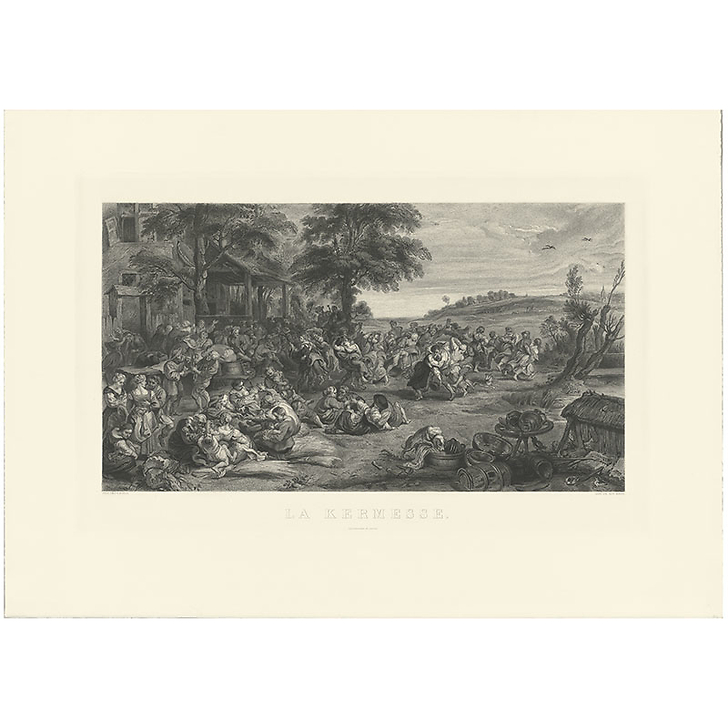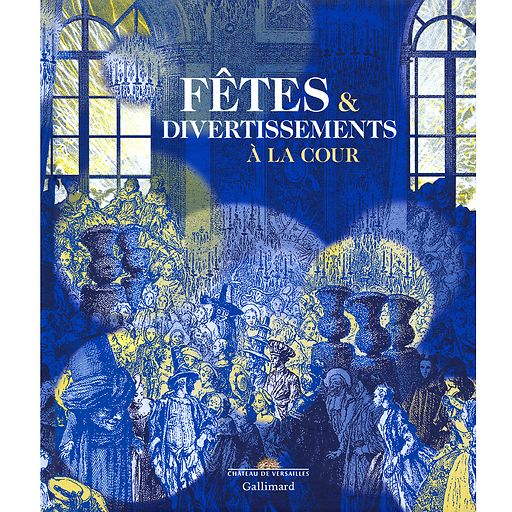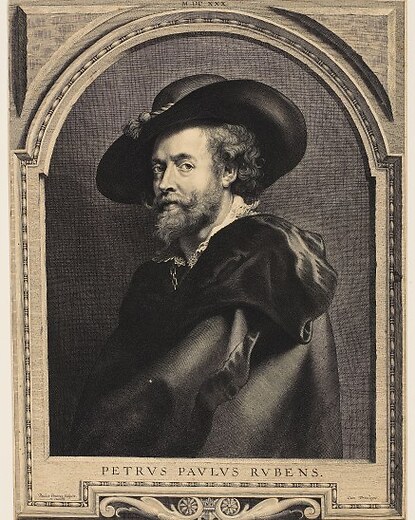Engraving Flemish festival or fair - Pierre-Paul Rubens
KM000846
Sold by Réunion des Musées Nationaux
Characteristics
- Delivery
- Order shipped directly from the Art Workshops within 3 weeks
- Maintenance
- Eviter toute source d'humidité et de lumière directe. Ne pas plier la feuille
- Museum
- Musée du Louvre
- Theme
- Festivities
- Dimensions
- 63 x 90 cm
- Engraving date
- 1857
- Artist
- Petrus Paulus Rubens (1577-1640)
- Art movement
- Baroque
- Reference
- KM000846
- EAN
- 3336727321010
- Matière de l'article
- Papier hahnemühle
- Editor
- Ateliers d'art de la Rmn-GP
- Conservation museum
- Paris - Chalcographie du musée du Louvre








